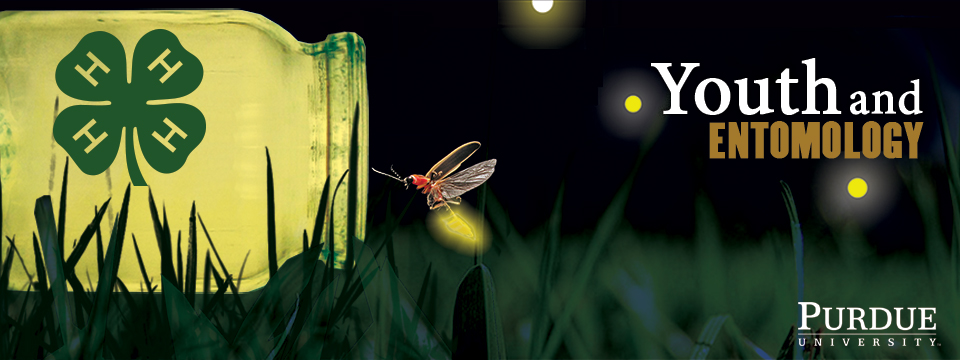

|
|
Dermestid Beetle adult
(John Obermeyer, Purdue University) |
|
Common Name: Dermestid Beetle - adult
See also: larva | damage Scientific Name: Dermestidae: several species Status: pest of stored products Damaging Stage: larval and adult Biology: Adults are approximately 1/4 inch long and can vary in shape from elongated to oval. They are usually dark brown but may be patterned with lighter scales. Dermestid larvae are brown in color and covered in red-brown setae. They have two distinctive spines on the end of the abdomen that curve backward. Eggs usually hatch within two weeks; larvae develop through five or six instars before pupating. The pupal stage usually lasts less than two weeks. There are typically three to four generations per year. |
 |
||||||||||||||||
|
|
|||||||||||||||
|
Purdue Extension Entomology, 901 West State Street, West Lafayette, IN 47907 USA, (765) 494-4554 Department of Entomology | College of Agriculture | Extension © Purdue University | An equal access/equal opportunity university | Integrity Statement | Copyright Complaints | Maintained by ENTM IT Trouble with this page? Disability-related accessibility issue? Please contact us at entmwebmaster@purdue.edu so we can help. | ||||||||||||||||
